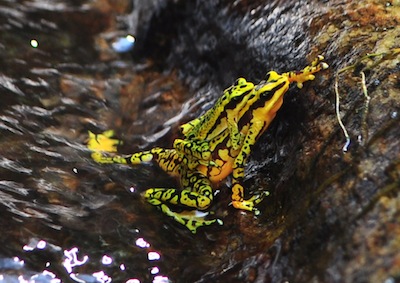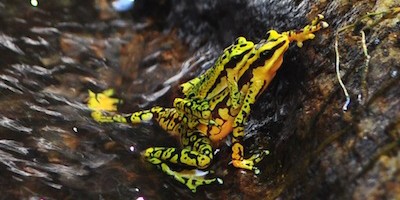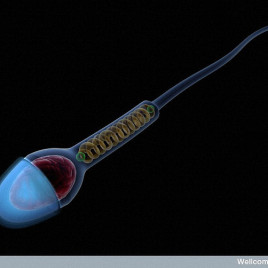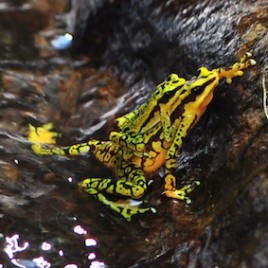
Amphibians – such as this mating pair of toads of the genus Atelopus – are threatened by fungal infections. A new mathematical model helps predict the local consequences of a given outbreak (Photo credit: Margarita Lampo)
Batrachochytrium dendrobatidis is a fungus that causes a deadly skin disease in frogs and other amphibians, and is one of the factors contributing to the global decline of amphibians.
A new mathematical model shows that the reproduction quotient – that is, the average number of new spores produced by an initial spore over its lifetime – is the best predictor of whether a given strain will cause local extinction. The finding could help conservation groups.
Original research paper published in the Proceedings of the Royal Society B on May 6, 2014.
Names and affiliations of selected authors



